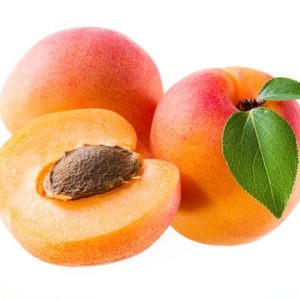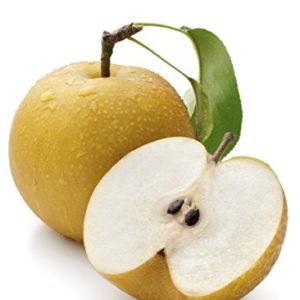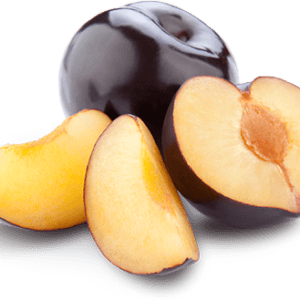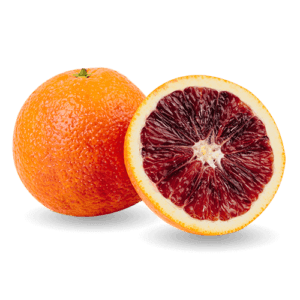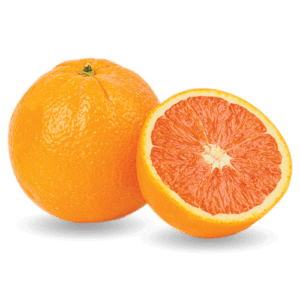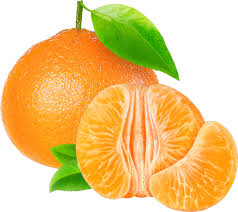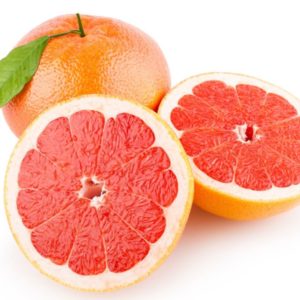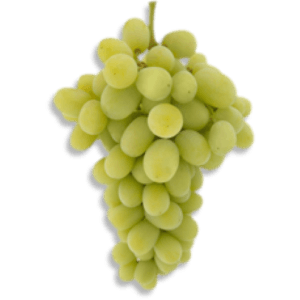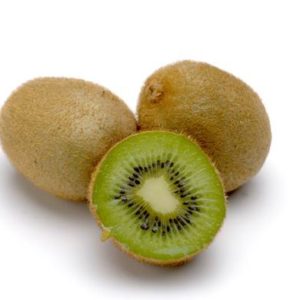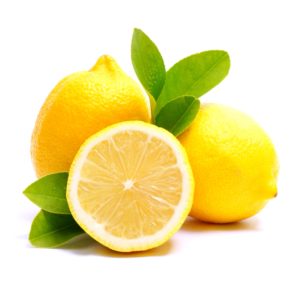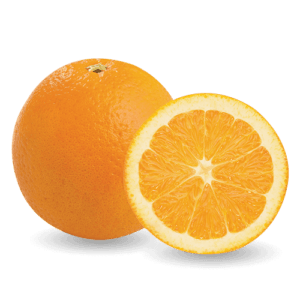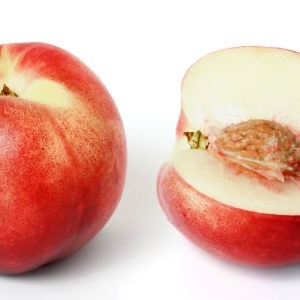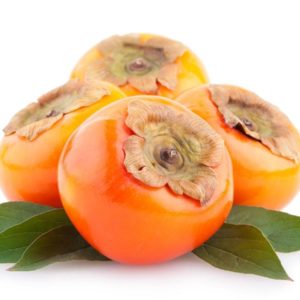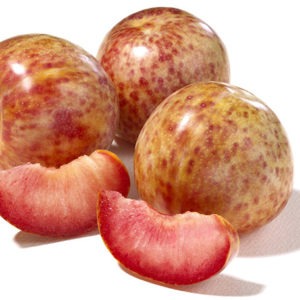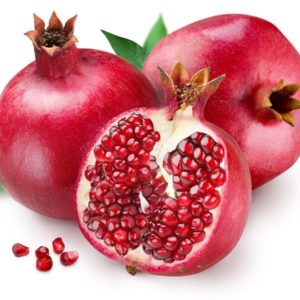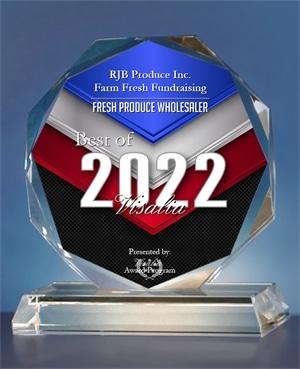Apricots
An apricot is a fruit, or the tree that bears the fruit, of several species in the genus Prunus (stone fruits). Usually, an apricot tree is from the species P. armeniaca, but the species P. brigantina, P. mandshurica, P. mume, and P. sibirica are closely related, have similar fruit, and are also called apricots.
Nice Tip: Refrigerating apricots will dramatically impair their ripening process. Leave them out at room temperature until they are ripe, then refrigerate them.
Asian Pears
Prized for their crunchy texture the creamy white flesh of the Asian pear is exceptionally juicy with a sweet low acid flavor and fragrant aroma. Unlike regular pears Asian pears are sold ripe and maintain their crisp texture long after being picked.
Fun Fact: Often Asian pears are called apple pears because they are crisp and juicy like apples but with a different and distinctive texture.
Grapefruit
The fruit is yellow-orange skinned and generally, an oblate spheroid in shape; it ranges in diameter from 10–15 cm (3.9–5.9 in). The flesh is segmented and acidic, varying in color depending on the cultivars, which include white, pink, and red pulps of varying sweetness (generally, the redder varieties are the sweetest).
Fun Fact: It is named grapefruit due to the way it grows – in bunches like grapes. They have fleshy interiors that are often found in pink, red or white color.
Kiwis
Kiwi berries are edible berry- or grape-sized fruits similar to the fuzzy kiwifruit in taste and appearance, but with thin, smooth green skin. They are primarily produced by three species of kiwifruit; hardy kiwi(Actinidia arguta), Arctic beauty (A. kolomikta), and silver vine (A. polygama).
Fun Fact: Kiwifruit has dark green heart-shaped leaves that are spirally arranged on the stem.
Lemons
The tree's ellipsoidal yellow fruit is used for culinary and non-culinary purposes throughout the world, primarily for its juice, though the pulp and rind (zest) are also used in cooking and baking. The juice of the lemon is about 5% to 6% citric acid, which gives lemons a sour taste.
Fun Fact: Know how they say to roll a lemon on a counter top to break the cells inside that hold the liquid in order to get more juice out of juicing them? Well, you can microwave them for 20 seconds as well, just to get every bit possible! You should be able to get 2-3 tablespoons of juice per lemon.
Nectarines
The nectarine is a rounded fruit with a single central groove. Its smooth skin is blushed with hues of ruby, pink and gold throughout. The flesh is perfumed with aromatics, overtly juicy when ripe, and golden colored with red bleeds at the skin and surrounding the central rough pit.
Persimmons
Persimmon fruit matures late in the fall and can stay on the tree until winter. In color, the ripe fruit of the cultivated strains range from glossy light yellow-orange to dark red-orange depending on the species and variety. They similarly vary in size from 1.5 to 9 cm (0.59 to 3.54 in) in diameter, and in shape the varieties may be spherical, acorn-, or pumpkin-shaped.
Fun Fact: Persimmon is deciduous tree that can develop one or several trunks. It can reach 25 to 66 feet in height.
Pluots
Pluots have the initial appearance of a mottled plum. Most pluot varieties are extremely sweet, often spicy, low-acid fruits with a juicy, chin-dripping tender firm flesh, qualities that the fruit was developed to achieve.
Fun Fact: The pluot is 60 percent plum and includes more than 20 varieties, each with a unique color and flavor.
Pomegranates
Pomegranates are a deciduous or evergreen tree or shrub in the family Punicaceae grown for its edible fruits. ... The fruit has a thick, leathery rind which protects the pulp[ and seeds inside. The inside of the fruit is separated into compartments by white spongy tissue.
Fun Fact: Pomegranates are classified as a super fruit and can be stored up to 2 months in the refrigerator.
